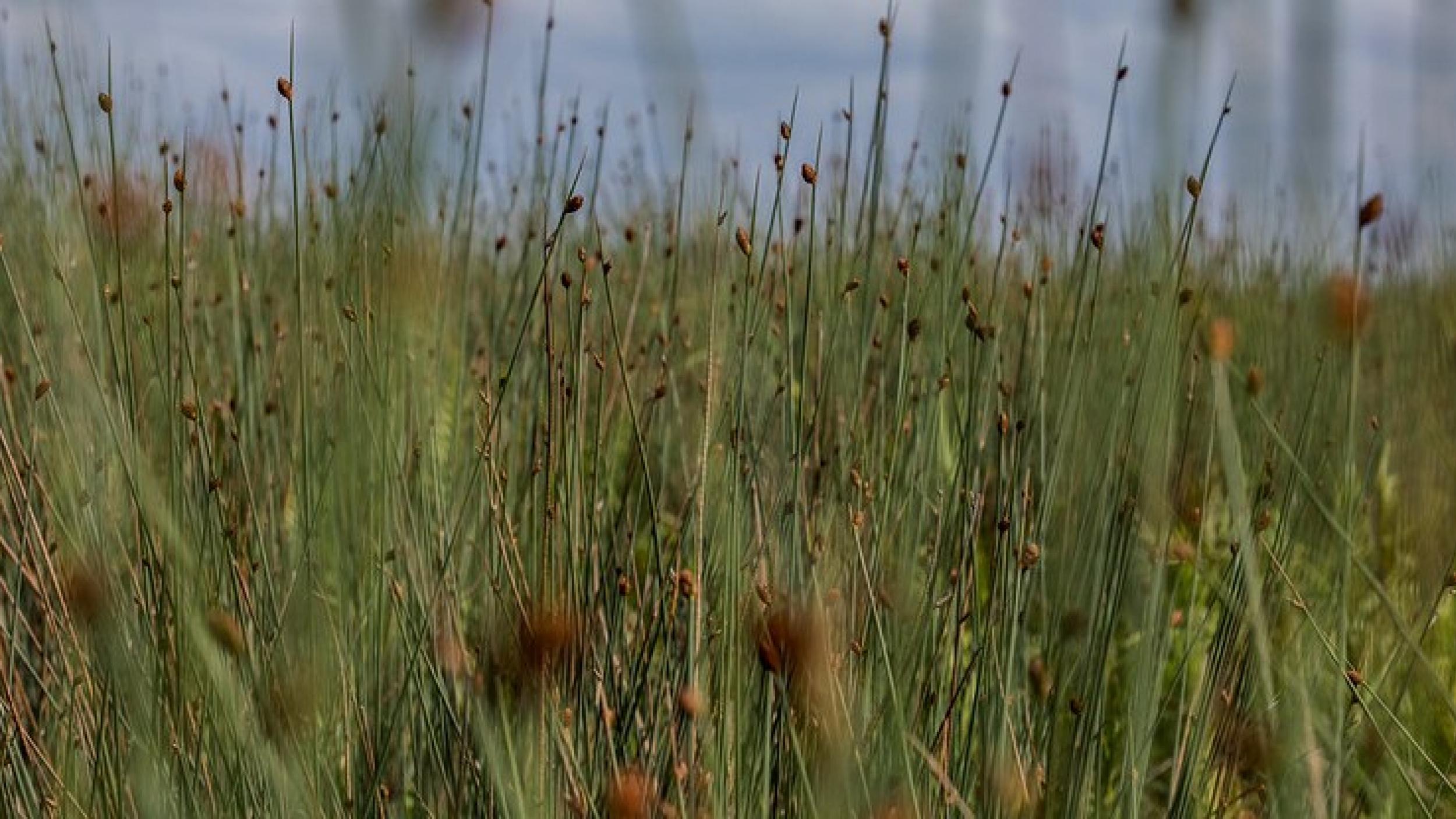
How to monitor peatlands holistically … and practically
How can we tell whether peatland restoration is going well? Do we measure the water table; ask the locals about their livelihoods; assess decision-making processes and gender dynamics; or tot up stats on the frequency of fires? Most likely: all that and more.
Preserving and restoring peatlands is critical to mitigation of climate change, maintaining healthy ecosystems and supporting community development in many parts of the world. However, due to existing pressures, peatlands have been drained and converted into other land uses (such as plantations, farmlands, or livestock ranches). These disturbed and degraded peatlands can be targeted for restoration to reduce the loss of carbon and other important ecological service natural/undrained peatlands provide. But effective long-term restoration needs to be carefully monitored to adapt designs, strategies, site selection and management approaches that can meet specified goals, while changing tack as required.
In Indonesia, which houses almost a quarter of the globe’s tropical peatlands, researchers with the Center for International Forestry Research and World Agroforestry (CIFOR-ICRAF) have developed a scientifically robust, reliable and practical set of criteria and indicators (C&I) to help assess progress and outcomes of peatland restoration. These efforts are being made in collaboration with the national Peat and Mangrove Restoration Agency (BRGM), Riau University’s Disaster Risk Study Centre and conservation and development organization PT Rimba Makmur Utama as well as consultations with several national and international peatland experts over the course of the past year.
On 7 July 2022, CIFOR-ICRAF – in partnership with UN Environment Program (UNEP), the Global Peatlands Initiative (GPI), and the International Tropical Peatland Center (ITPC) co-hosted a virtual national workshop to share the draft of standardized C&I that were developed as a practical tool to help policymakers, practitioners and civil society.
“Restoration includes many dimensions, because it is not carried out on a blank sheet of paper: the location that needs to be restored is a dynamic social and ecological landscape full of various interests and past practices that need to be corrected,” said BRGM scientist Myrna Safitri, highlighting the complexity of the task at hand. “Therefore, in assessing the success of restoration, it is necessary to understand the existing conditions of the landscape and the history of its formation. The development of C&I to determine the success of wetland restoration is therefore not a black-and-white instrument: it needs to be placed in the right context.”